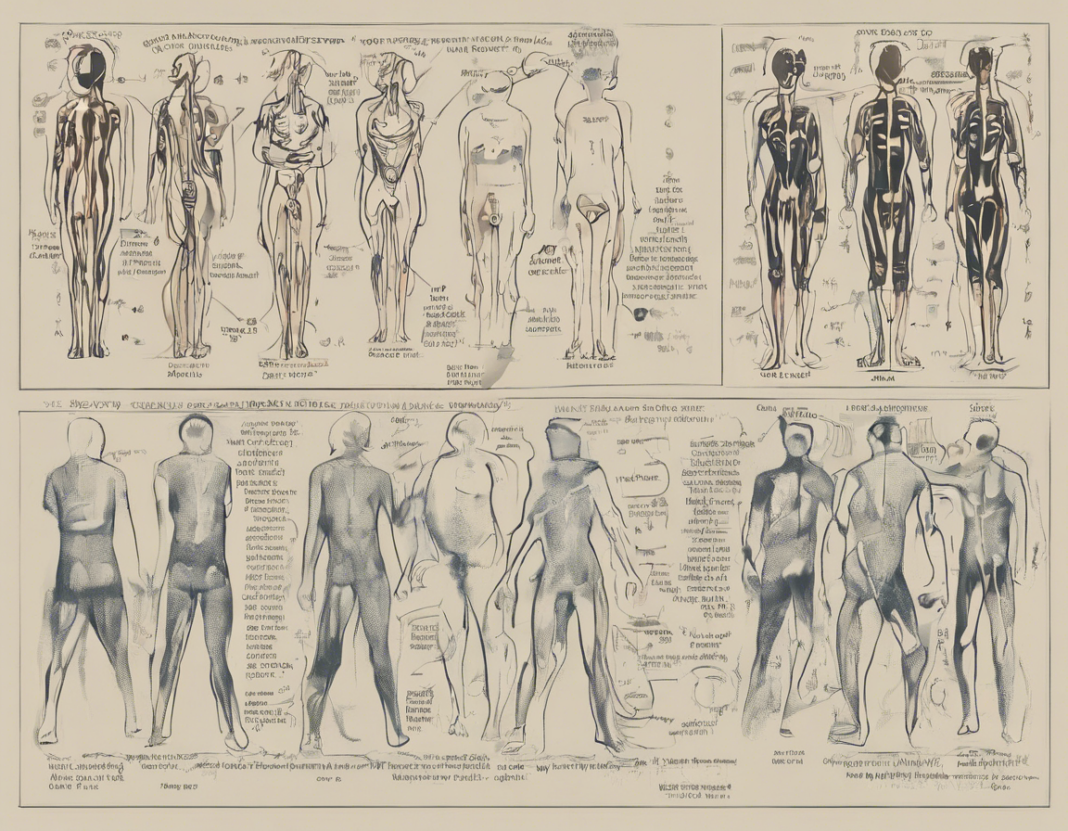Introduction
When we talk about the concept of a body being negatively charged, we are delving into the realm of fundamental physics and the behavior of particles at the atomic and subatomic levels. Understanding how a body can acquire a negative charge involves diving into the properties of electrons, protons, and neutrons, as well as considering the mechanisms through which objects can gain or lose electrical charge. In this article, we will explore the intricacies of negative charging, the various ways in which it can occur, and the implications of having a negatively charged body.
The Basics of Electrical Charge
Before we delve into negative charging specifically, it is essential to grasp the fundamental principles of electrical charge. At the heart of this concept are protons, which carry a positive charge, neutrons, which are neutral, and electrons, which bear a negative charge. In an atom, the number of protons corresponds to the number of electrons, resulting in a neutral charge. However, when this balance is disrupted due to external factors, the atom or object in question can become charged, either positively or negatively.
Ways a Body Can Become Negatively Charged
There are several ways in which a body can become negatively charged. Let’s explore some of the common mechanisms through which this can occur:
1. Friction:
– One of the most familiar methods of charging is through friction. When two objects rub against each other, the transfer of electrons can lead to one object becoming positively charged and the other negatively charged. For example, when you rub a balloon against your hair, the balloon gains extra electrons, giving it a negative charge.
2. Contact:
– Another way in which negative charging can occur is through contact with a negatively charged object. When a neutral object comes into contact with a negatively charged object, some of the excess electrons from the negatively charged object can transfer to the neutral object, causing it to become negatively charged as well.
3. Induction:
– Induction is a process where a charged object can influence the distribution of charges in another object without direct contact. In induction, a negatively charged object brought close to a neutral object can repel electrons within the neutral object, leaving the side closest to the negatively charged object positively charged and the other side negatively charged.
Implications of Negative Charging
Understanding how a body can become negatively charged is essential, as it has various implications in both everyday life and scientific contexts:
1. Static Electricity:
– Negative charging is often associated with static electricity, where an imbalance of charges can lead to the buildup of static electricity on surfaces. This phenomenon is responsible for common occurrences such as clothes clinging together in the dryer or experiencing a shock when touching a metal object.
2. Attraction and Repulsion:
– Objects that are negatively charged can either attract or repel each other, depending on their individual charges. This principle is fundamental in the functioning of devices like electromagnets and is crucial to our understanding of interactions at the atomic level.
3. Electrical Safety:
– Being aware of how bodies can become negatively charged is vital for electrical safety. Understanding how charges distribute and discharge can help prevent accidents and ensure the safe operation of electrical equipment.
Frequently Asked Questions (FAQs)
Q1: Can a body have both positive and negative charges at the same time?
A: No, a body cannot have both positive and negative charges simultaneously. It will either be positively charged, negatively charged, or neutral.
Q2: How can a negatively charged body be neutralized?
A: A negatively charged body can be neutralized by introducing an equal amount of positive charge to balance out the excess electrons.
Q3: Are there any health implications of being near negatively charged objects?
A: There is no direct evidence to suggest that being near negatively charged objects poses any health risks to humans.
Q4: Why do negatively charged objects attract positively charged objects?
A: According to the principles of electrostatics, opposite charges attract each other. Therefore, negatively charged objects will attract positively charged objects.
Q5: Can a body become negatively charged without any external influence?
A: In theory, a body can become negatively charged internally through processes like radioactive decay, but this is typically rare and not commonly observed in everyday scenarios.
Conclusion
In conclusion, understanding how a body can become negatively charged is crucial for grasping the fundamental principles of electricity and the behavior of particles at the atomic level. By exploring the mechanisms of negative charging, we gain insights into diverse phenomena such as static electricity, attraction, and repulsion between charged objects, and the importance of electrical safety practices. Whether through friction, contact, or induction, the process of negative charging underscores the intricate nature of electrical interactions in our world.
